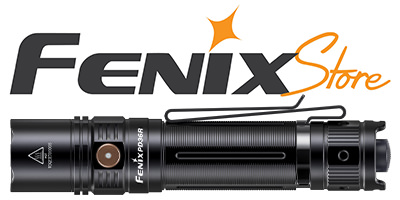Originally posted by INRETECH:
I am aware of those facts, Candelas and Lumens are two different ways to measure brightness; but just as Lb and Kg are different ways to measure weight, we need a means to convert between them if only a crude formula
<font size="2" face="Verdana, Arial">Good point, a crude approximate formula is actually quite useful.
Please note: what I am about to present is still only an approximation, one which I suggest is better than the mean spherical candela conversion, but still only approximate.
To properly convert candela into lumen, you need to know the intensity values in all directions from the light source, and to integrate over the entire sphere. The integral of intensity (measured in candela) over the solid angle of interest (measured in steradians) is the light flux (measured in lumen).
If we make the approximation that the intensity of a light source is perfectly even in a circular cone, and perfectly zero outside of that cone, then the integration is particularly simple: we simply determine the solid angle of the cone, and multiply that by the candela value. For example, if the light source is a 1 candela source which emits light evenly in all directions, then the light output is simply 4*pi lumen, since the solid angle of a sphere is 4*pi radians.
Similarly, if we have a 1 candela even light source which emits light only into a single hemisphere, and is dark on the other hemisphere (say an even emitter sitting against a wall), then the light output is 2*pi lumen, since we have the same intensity over half the solid angle.
For a right circular cone, with an planer angle at the vertex of A (the angle from one side of the cone to the other), the equation for the solid angle subtended by the cone is
<solid angle> = 2 * pi * ( 1 - cos(A/2) )
As you can check, this works out to 2pi for an angle A of 180 degrees (the hemisphere) and 4pi for an angle of 360 degrees (the full sphere)
</font><blockquote><font size="1" face="Verdana, Arial">code:</font><hr /><pre style="font-size:x-small; font-family: monospace;">
cone angle (degrees) solid angle (steradians)
0 0
10 0.024
20 0.095
30 0.214
60 0.841
90 1.84
180 6.28
360 12.57</pre><hr /></blockquote><font size="2" face="Verdana, Arial">So if you presume that the light is evenly distributed in a cone, and you know the angle of this cone, and you know the light's intensity in candela, you can determine the steradian value for that cone, multiply by the intensity, and get the light flux in lumen.
-Jon


